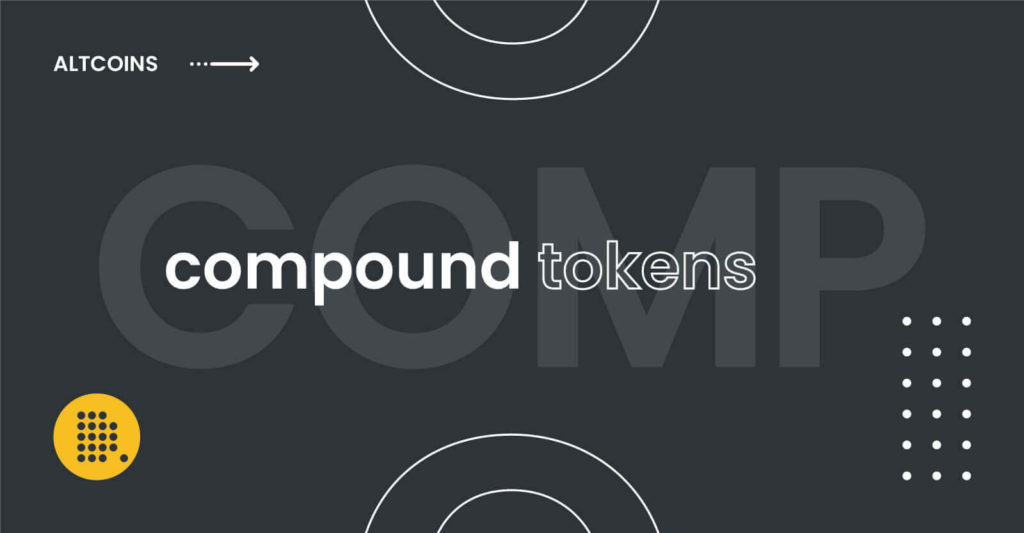 This article appeared on National Review (Online) on June 16, 2020.Related Content Related Content Share
This article appeared on National Review (Online) on June 16, 2020.Related Content Related Content Share
With the onset of the coronavirus pandemic, currencies around the world took a deep dive.To name but a few casualties: Argentina, Brazil, Colombia, Iran, Lebanon, Mexico, Nigeria, Russia, South Africa, Syria, Turkey, Venezuela, and Zimbabwe.Not only have the currencies in these countries plunged, but the burden of their foreign debts has soared.Exchange‐rate instability is a curse.
Indeed, currency instability, banking crises, soaring inflation, sovereign‐debt defaults, and economic booms and busts all have a common source: exchange‐rate instability.The ills induced by exchange‐rate instability bring with them calls for policy changes.
Karl Schiller, the German Finance Minister from 1966 until 1972, understood this simple fact.Schiller’s mantra was clear and uncompromising: “Stability is not everything, but without stability, everything is nothing.” Well, Schiller’s mantra is my mantra.
I offer a regime change that would enhance stability in the international monetary sphere: private currency boards.Just what is a currency board?
A currency board issues notes and coins convertible on demand into a foreign anchor currency at a fixed rate of exchange.As reserves, it holds low‐risk, interest‐bearing bonds denominated in the anchor currency and typically some gold.The reserve levels (both floors and ceilings) are set by law and are equal to 100 percent, or slightly more, of its monetary liabilities (notes, coins, and, if permitted, deposits).A currency board generates profits (seigniorage) from the difference between the interest it earns on its reserve assets and the expense of maintaining its liabilities.
By design, a currency board has no discretionary monetary powers and cannot engage in the fiduciary issue of money.It has an exchange‐rate policy (the exchange rate is fixed) but no monetary policy.A currency board’s operations are passive and automatic: Its sole function is to exchange the domestic currency it issues for an anchor currency at a fixed rate.Consequently, the quantity of domestic currency in circulation is determined by market forces; namely, the demand for domestic currency.
A currency board cannot issue credit.
It cannot act as a lender of last resort or extend credit to the banking system.Nor can it make loans to the fiscal authorities and state‐owned enterprises.Consequently, such a regime imposes discipline on the economy through a hard budget constraint.As a result, when compared to countries that employ central banking, currency‐board countries have lower fiscal deficits, lower debt‐to‐GDP ratios, lower inflation rates, and more rapid growth.
Historically, currency boards have existed in about 70 countries, and none have failed — including the North Russian currency board installed on November 11, 1918, during the civil war that followed the Bolshevik revolution.Its architect was none other than John Maynard Keynes, who was a British Treasury official at the time.
Today, the most notable currency board is Hong Kong’s.What all currency boards — past and present — have in common is that they are public institutions.But, there is no requirement that currency boards be publicly owned.
For many years, my long‐time collaborator Kurt Schuler and I have advocated private currency boards.
In our draft law for such a regime, we proposed that its home offices and reserves be located in Switzerland and that it be governed under Swiss law.With the advent of cryptocurrencies, the prospect of our idea, or something similar to it, is close to becoming a reality.Indeed, the white paper issued by the Libra Association in 2019 explicitly states that the Libra cryptocurrency would resemble a currency board.While that is correct in broad terms, Libra stumbled out of the gate and is not yet a reality.
Central banks are clearly feeling the competitive threat posed by the prospect of private currency boards, like Libra.
Indeed, a 2019 report on digital currencies by the Official Monetary and Financial Institutions Forum in London and IBM presents results from a survey of 23 central banks.Half of the respondents indicated that they perceived the widespread use of decentralized, private, digital currencies as a real threat.As the central bankers put it, private currencies would potentially “disturb the global financial system and undermine the sovereignty of monetary authorities.” This is nonsense.What central banking authorities are actually worried about is competition from private, stable currencies.
The prospect of private currency boards — which are either backed by stable fiat currencies or gold — is a promising one.The competitive forces unleashed by private currencies would be a great stabilizer.
Steve H.Hanke is a professor of Applied Economics at the Johns Hopkins University in Baltimore.He is a senior fellow and director of the Troubled Currencies Project at the Cato Institute in Washington, D.C.
Related Content.
